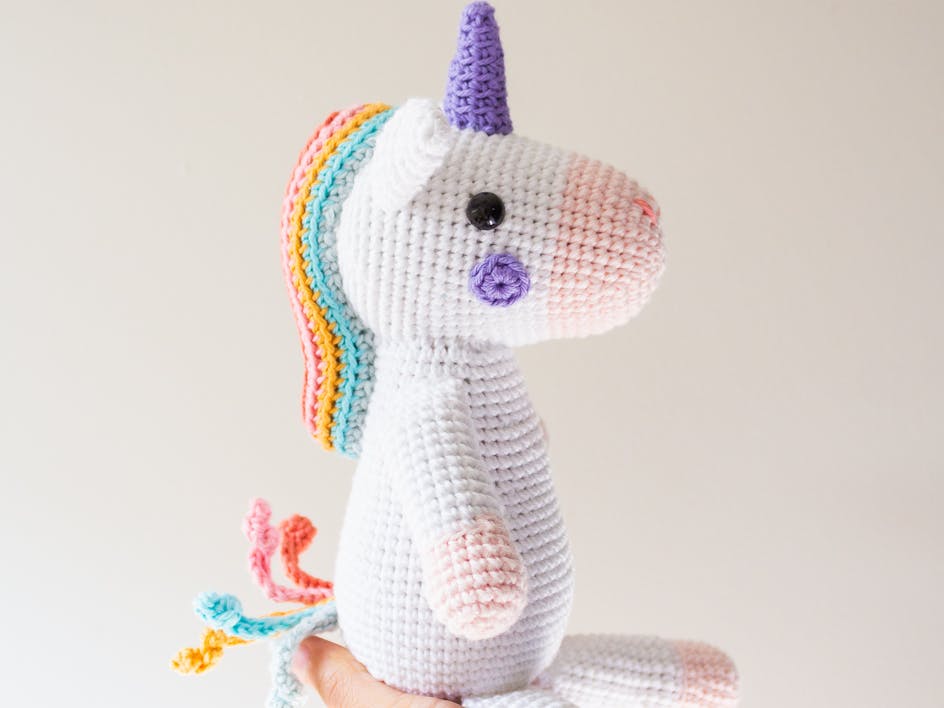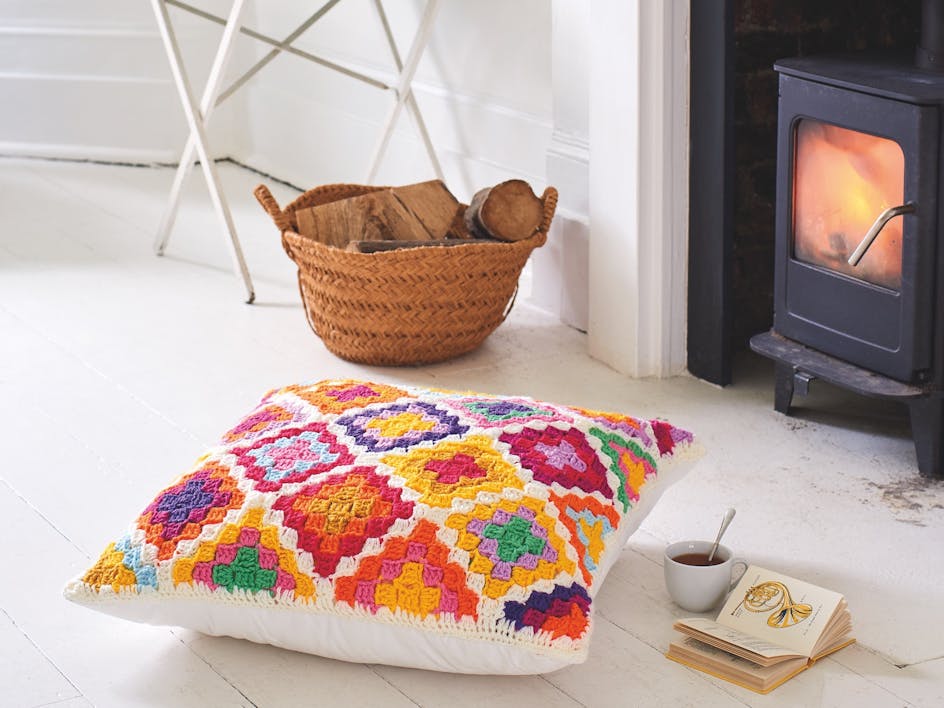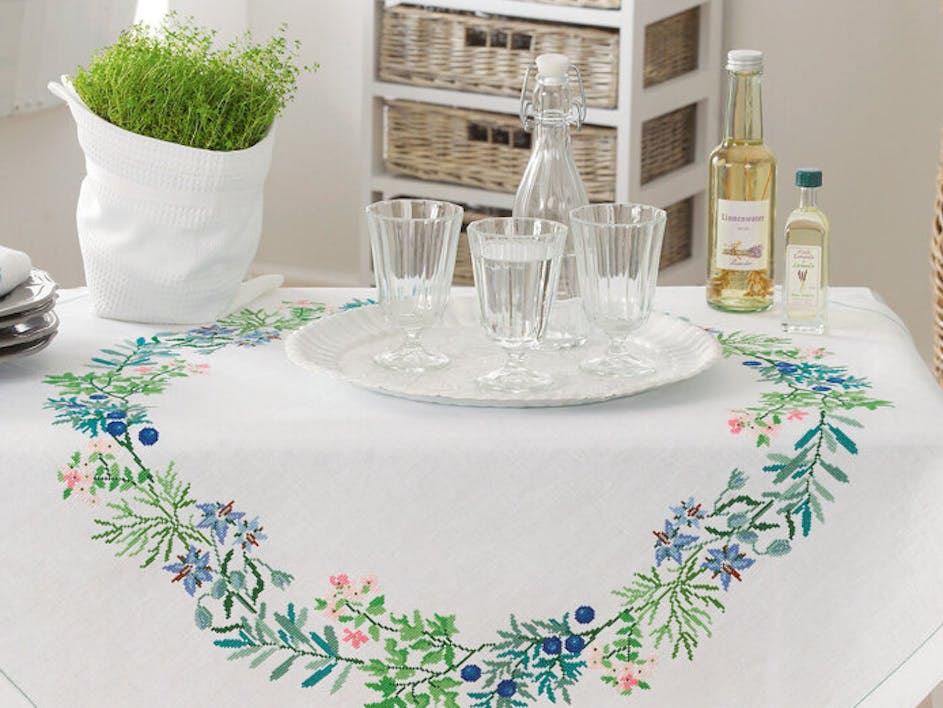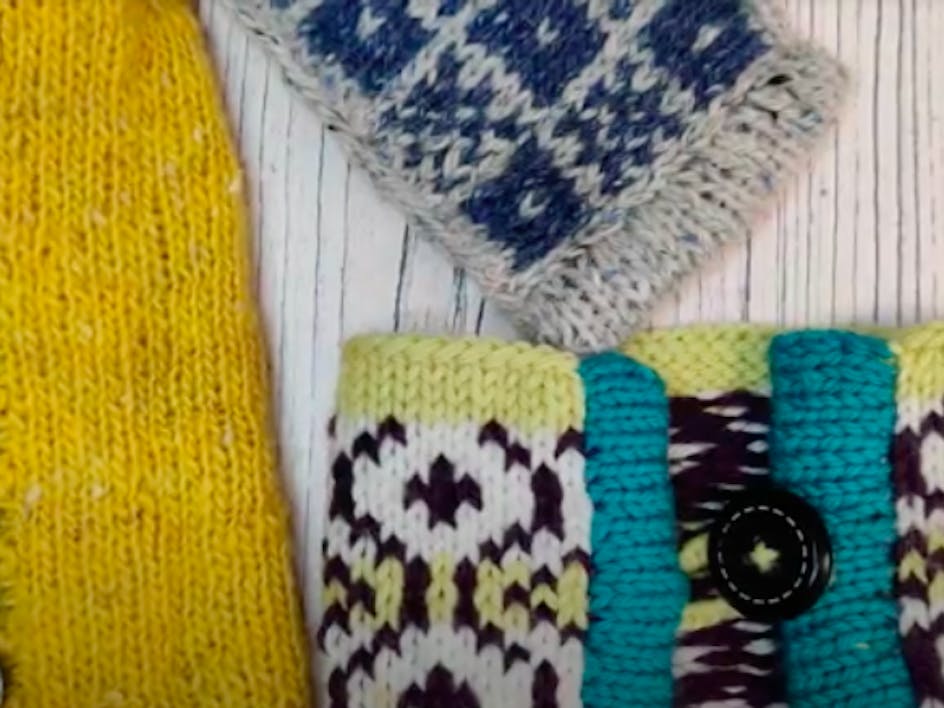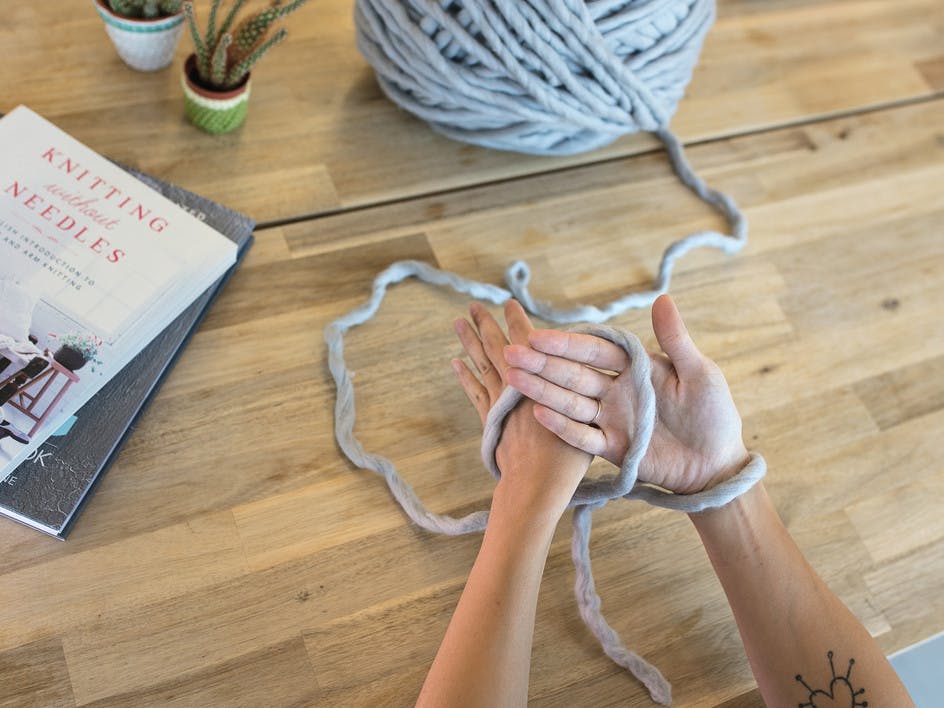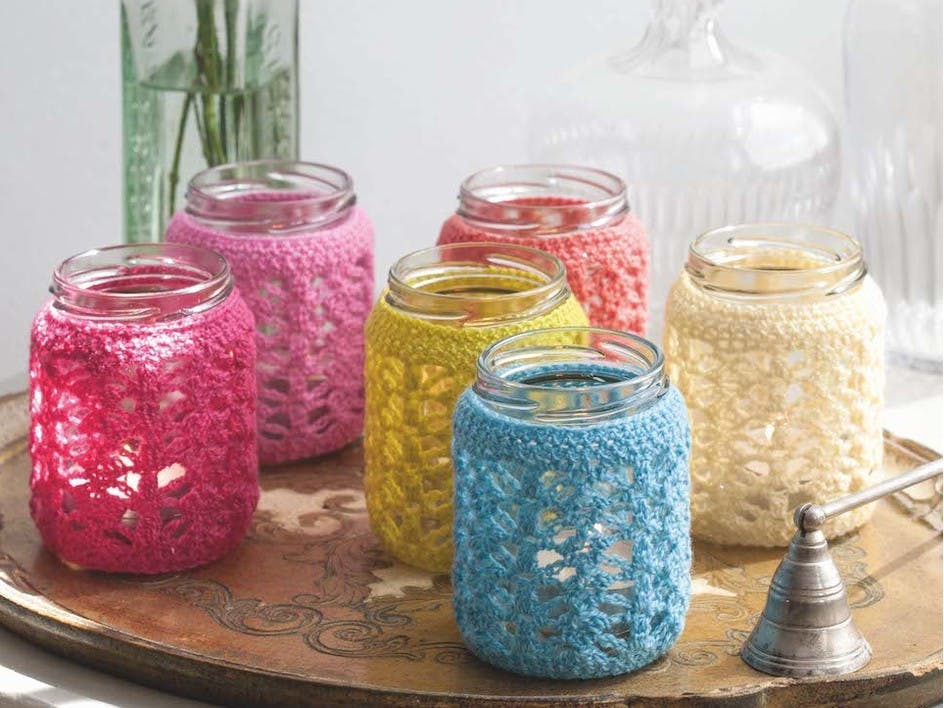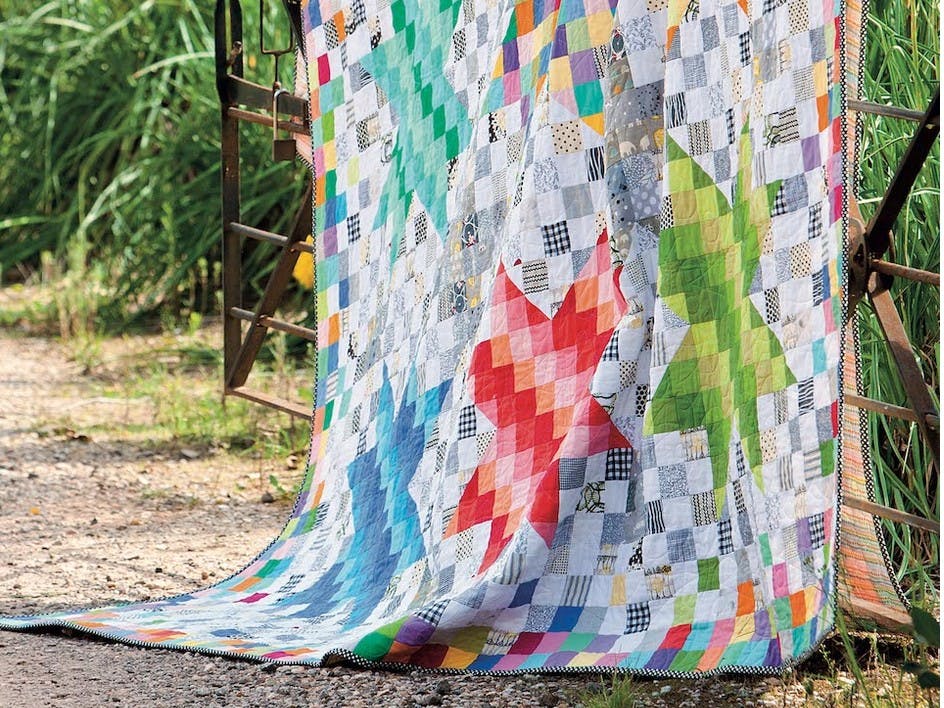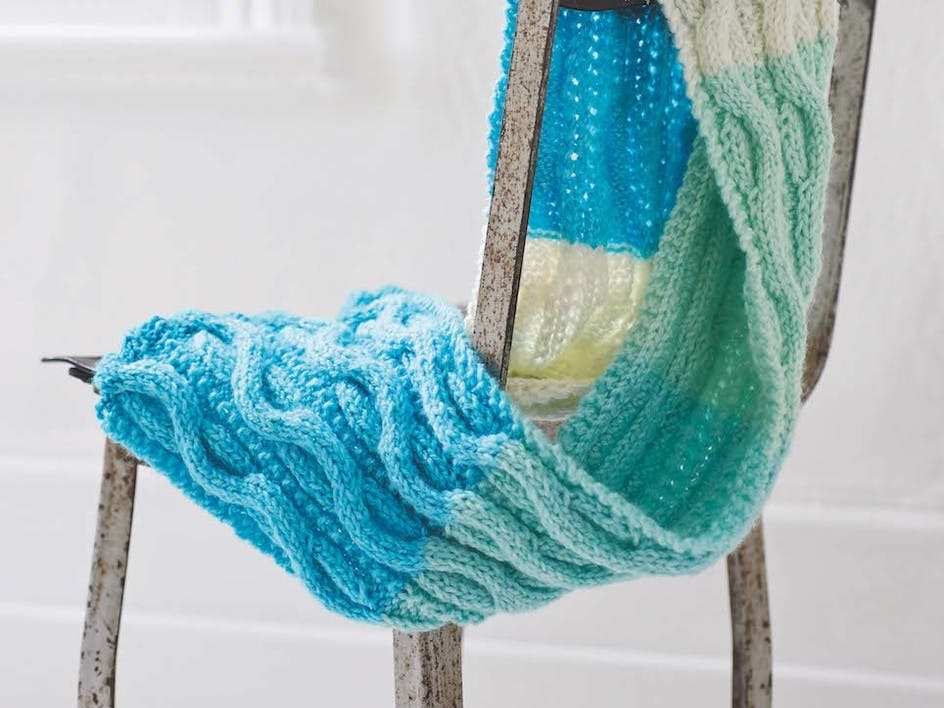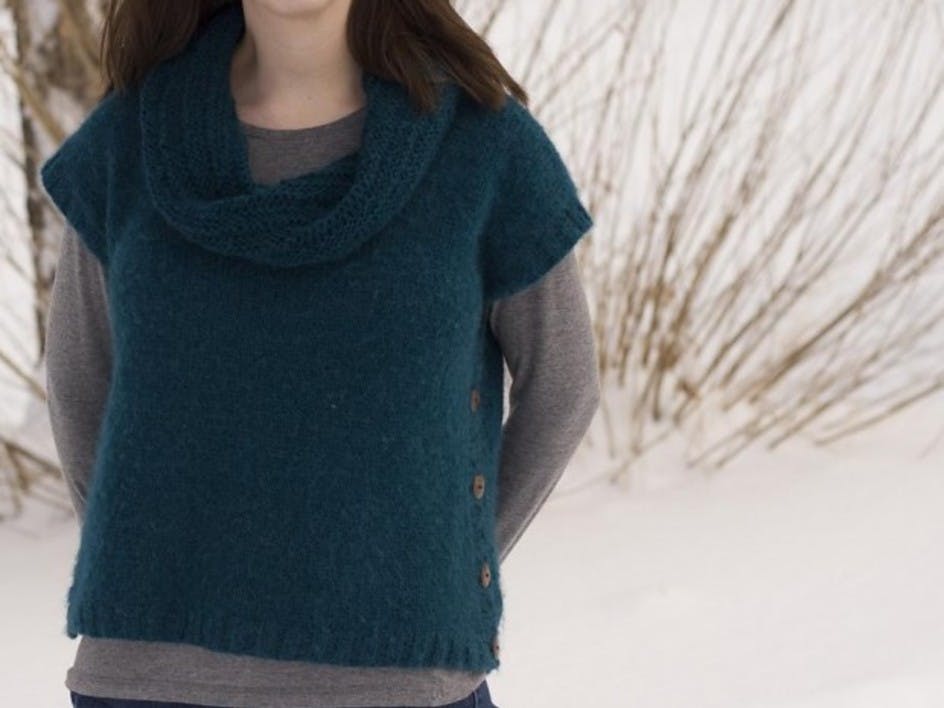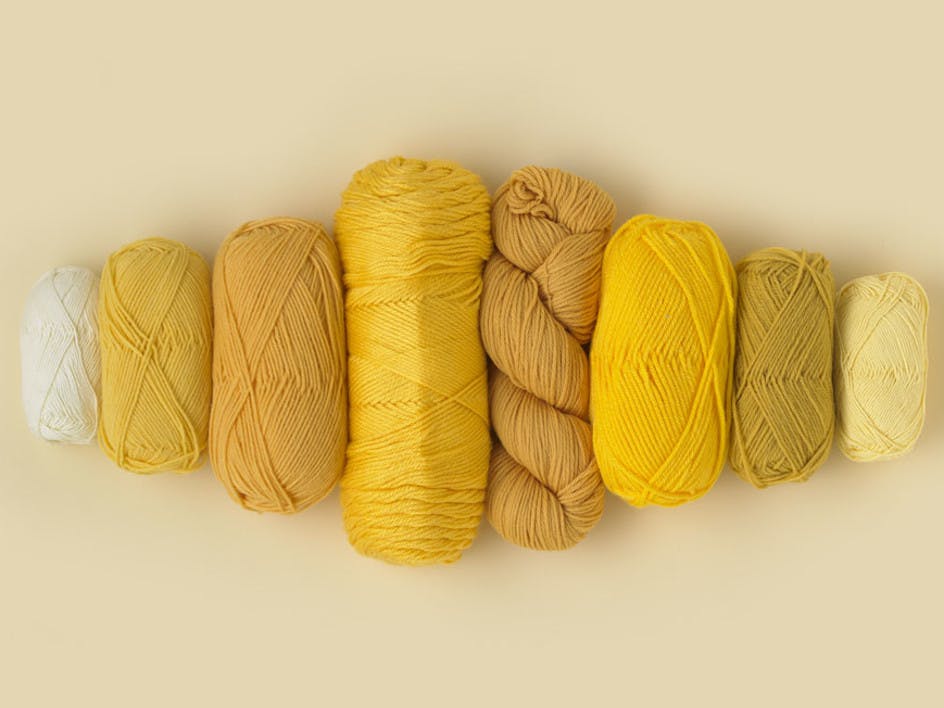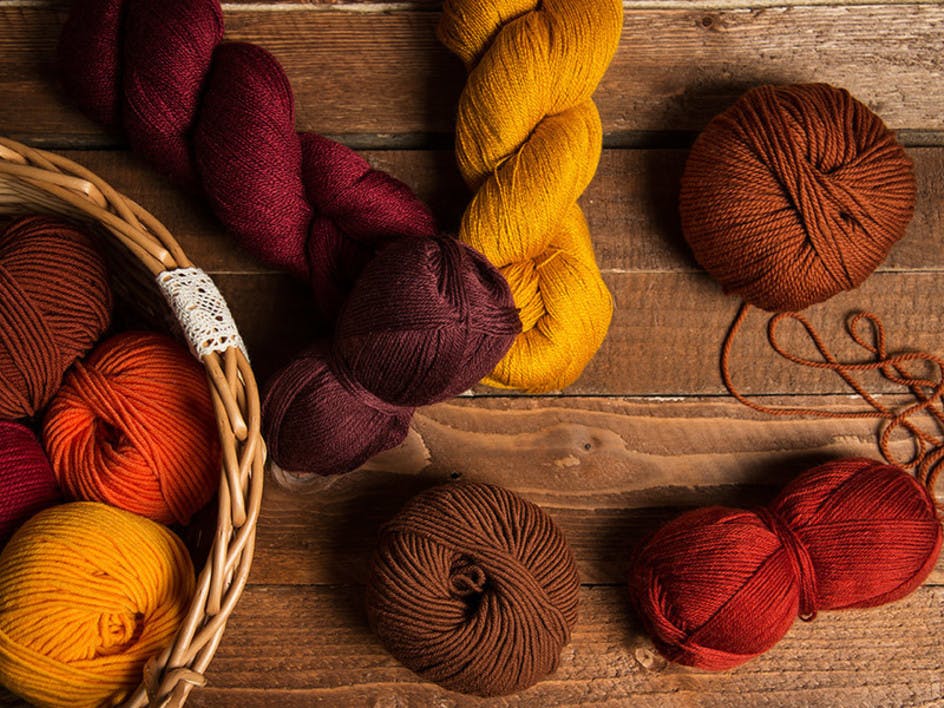Handy knitting calculations and charts
Published on November 30, 2020 4 min readKnitting isn't all about maths, but sometimes you'll need to be able to convert between yards and metres, or if you're substituting yarn you’ll need to calculate how much yarn your project requires. To make it easier, we have some handy charts to get you started, as well as some useful tips on how to calculate the conversions yourself.
Converting millimetres (mm) to inches (in)
Let’s convert mm to inches to check a tension square, sizing of a garment or motif.
Every 1 mm is 0.004 inches. To convert this yourself from millimetres to inches, you should divide your millimetres by 25.4. If you’re looking to convert inches to millimetres, multiply your inches by the same 25.4.
For some quick calculations to get you started, here’s a chart of some common conversions.
Metric (mm) | Inches (in) |
|---|---|
1 mm | 0.004 in |
1 cm / 10 mm | 0.39 in |
2 cm / 20 mm | 0.79 in |
2.54 cm / 25.4 mm | 1 in |
5 cm / 50 mm | 1.97 in |
10 cm / 100 mm | 3.9 in |
20 cm / 200 mm | 7.9 in |
25.4 cm / 254 mm | 10 in |
Converting yards to metres
If you’re calculating the amount of yarn you need for a garment, this will help you out!
For every yard, it’s 0.91 metres. To work out your own yards to metres, divide your yards by 1.094 Here are a couple of handy conversions to get you started.
Yards | Metres (m) |
|---|---|
1 yard | 0.91 m |
1.19 yards | 1 m |
5 yards | 4.57 m |
10 yards | 9.1 m |
20 yards | 18.2 m |
100 yards | 91.4 m |
Converting grams to ounces
If you’re working across brands, one might give you just the grams, while the other might just provide ounces. If you’re stuck on what this means for your project, or you’re looking to measure how much yarn you have left, these quick conversions will get you started.
Grams (g) | Ounces (oz) |
|---|---|
1g | 0.04 oz |
5g | 0.17 oz |
10g | 0.35 oz |
20g | 0.7 oz |
28.35g | 1 oz |
100g | 3.6 oz |
200g | 7.05 oz |
500g | 17.64 oz |
Commonly asked questions, answered!
“How many balls of yarn do I need based on yardage?”
To work out the total number yardage of yarn you need for your project, you must start with knowing the number of balls needed for the project and the yardage of one ball of yarn. The yardage of one ball will be listed on the yarn product page, available online and even handily on the yarn’s ball band!
Once you know the yardage of 1 ball, you simply multiply the number of balls by the yardage of 1 ball.
For example, if your project uses 3 balls, where 1 ball has a yardage of 100 yards, this would be 300 yards of yarn for your project.
“The yarn I want to use has x amount of yardage. How many balls do I need to make my garment?”
In this instance, you know the yardage your pattern requires and the yardage of one ball. So, simply divide the total yardage of the pattern by the yardage of one ball to get the amount of balls needed.
In this instance, your total pattern yardage require is 300 and 1 ball is 100 yards. Divide 300 by 100 which equals 3 balls for this project.
"How many stitches and rows do you need to knit per inch?"
If you knit 10 stitches per inch and the width required is 10 inches, simply multiply these two numbers together to give you the total number of stitches. In this instance, 100!
"How many rows do I need to knit?"
If you know your rows per inch is 5 and you need to knit 10 inches of fabric, just multiply these two together to give you the total number of rows this would be. In this example, 5 rows per inch multiplied by 10 inches of fabric equals 50 rows.
"How many balls of yarn do I need based on the total weight of yarn needed for my pattern?"
Take the total weight needed for your pattern and divide by the grams of a single ball of yarn. You can find this information on yarn product pages as well as on the ball band.
For example, if your total project requires 600g of yarn and a single ball is 200g, you will need 3 balls in total - simple!
Quick subs!
When shopping in the yarn sale, or making a speedy purchase for a last minute make, you might need to make some snap decisions on how much yarn you need based on weight and yardage. This cheat sheet could help you find some of the info you needed quickly.
Yarn weight category | Types of yarn in category | Stitches per inch | Yards needed for a hat | Yards needed for a scarf | Yards needed for an adult sweater |
|---|---|---|---|---|---|
1 Superfine | sock, fingering, 1-3 ply, baby | sock, fingering, 1-3 ply, baby | 300 to 375 | 350 | 1,500 to 3,200 |
2 Fine | sport, baby | 6 to 7 | 250 to 350 | 300 | 1,200 to 2,500 |
3 Light | DK, light worsted | 5 to 6 | 200 to 300 | 250 | 1,000 to 2,000 |
4 Medium | worsted, aran | 4 to 5 | 150 to 250 | 200 | 800 to 1,500 |
6 Super bulky/chunky | bulky, chunky, roving | 1.5 to 3 | 75 to 125 | 125 | 400 to 800 |
US vs UK vs AUS yarn weight conversions and needle requirements
USA | UK | Australia | Suggested needle (mm) |
|---|---|---|---|
Laceweight | 1 ply | 2 ply | 1.5–2.25 mm |
Fingering | 2 ply | 3 ply | 2.25– 3 mm |
Sock | 3 ply | 3 ply | 2.25— 3.25 mm |
Sport | 4 ply | 5 ply | 3.25— 3.75 mm |
DK/Light Worsted | DK | 8 ply | 3.75— 4.5 mm |
Worsted | Aran | 10 ply | 4.5— 5.5 mm |
Bulky | Chunky | 12 ply | 5.5– 8 mm |
Super Bulky | Super Chunky | 14 ply | 8 mm and up |

